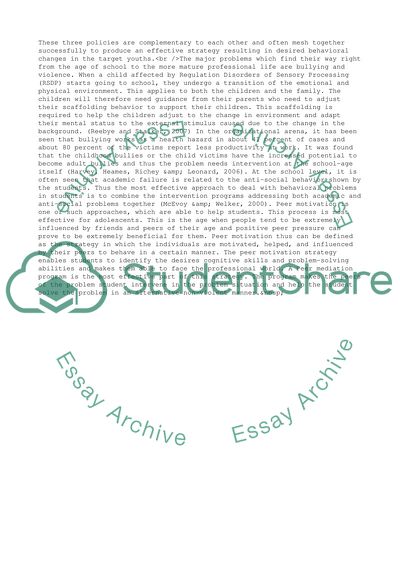Cite this document
(Behaviour Management - Effective Practice & Policy Essay Example | Topics and Well Written Essays - 1250 words, n.d.)
Behaviour Management - Effective Practice & Policy Essay Example | Topics and Well Written Essays - 1250 words. https://studentshare.org/management/1717064-behaviour-management-effective-practice-policy
Behaviour Management - Effective Practice & Policy Essay Example | Topics and Well Written Essays - 1250 words. https://studentshare.org/management/1717064-behaviour-management-effective-practice-policy
(Behaviour Management - Effective Practice & Policy Essay Example | Topics and Well Written Essays - 1250 Words)
Behaviour Management - Effective Practice & Policy Essay Example | Topics and Well Written Essays - 1250 Words. https://studentshare.org/management/1717064-behaviour-management-effective-practice-policy.
Behaviour Management - Effective Practice & Policy Essay Example | Topics and Well Written Essays - 1250 Words. https://studentshare.org/management/1717064-behaviour-management-effective-practice-policy.
“Behaviour Management - Effective Practice & Policy Essay Example | Topics and Well Written Essays - 1250 Words”. https://studentshare.org/management/1717064-behaviour-management-effective-practice-policy.


